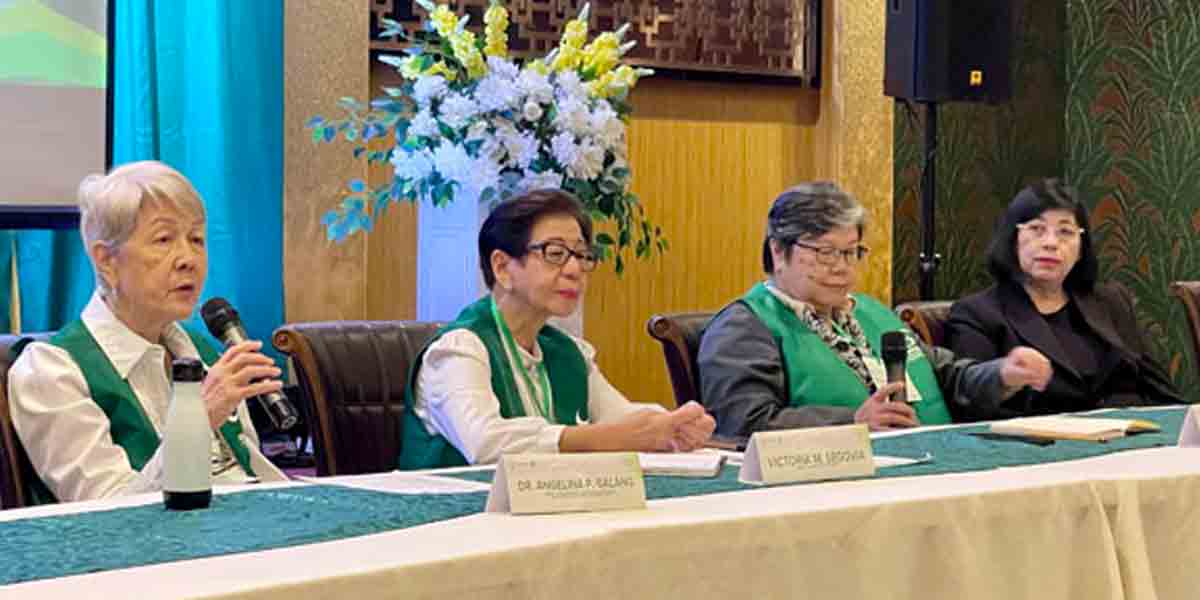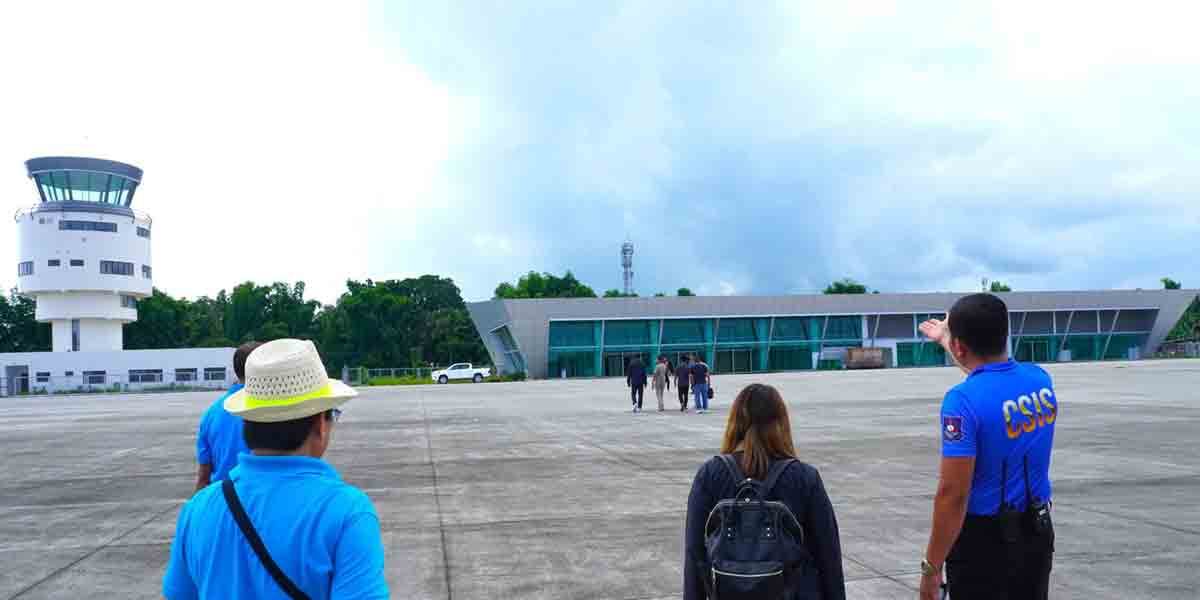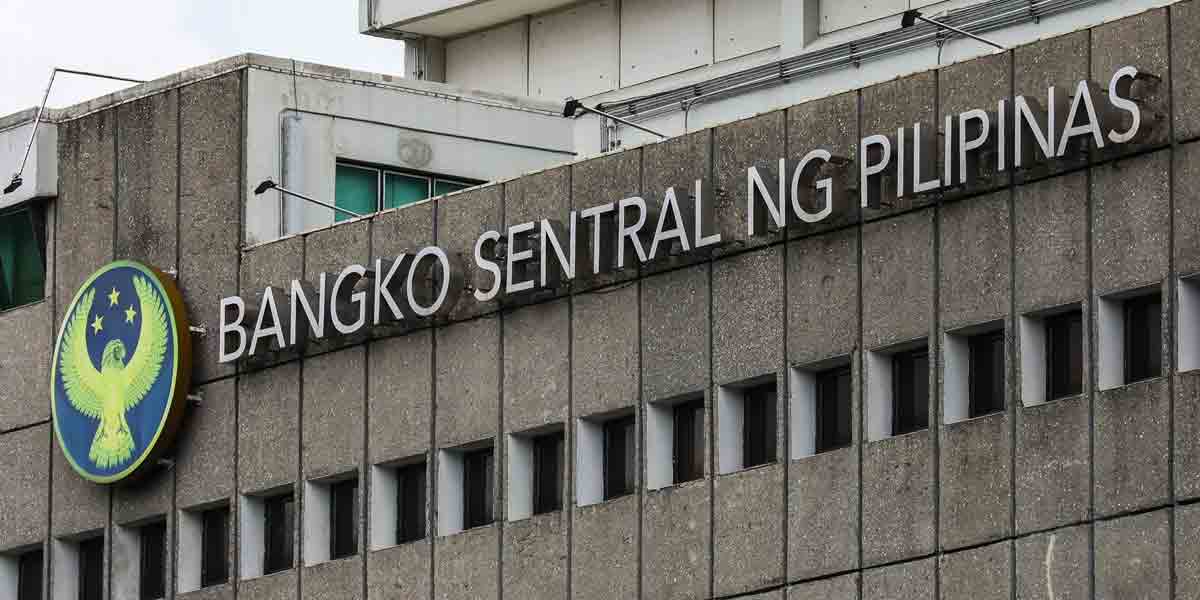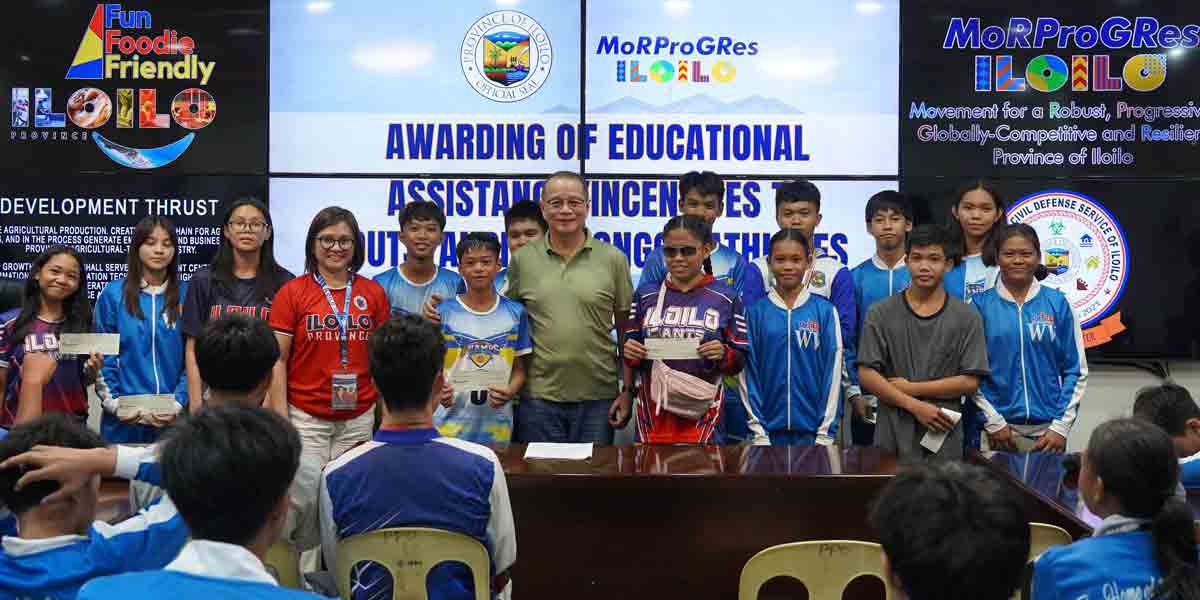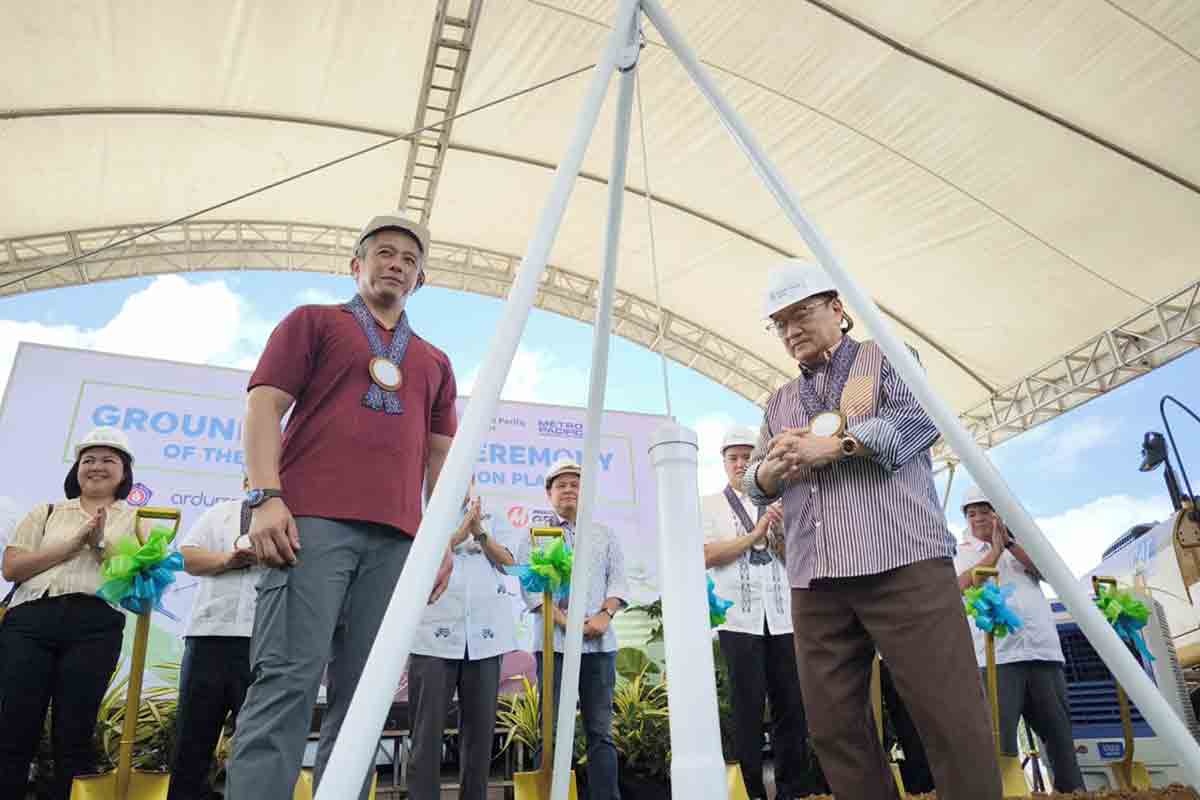By Ted Aldwin Ong
The vivid narration by barangay officials and civic leaders about their community gardens known as EdiScapes, or “edible landscapes,” immediately evoked thoughts of social cohesion and neighborhood revitalization. These urban community gardens emerged as a mobilization effort during the pandemic, focusing on health and food security within their community.
Growing dahon kamote, alugbati, malunggay, or tanglad in your backyard is an achievable task. Many of us began planting vegetables and various plants during the pandemic, contributing to the popular plantita-plantito trend. However, this household and community activity started to decline after COVID-19 restrictions eased and people returned to their regular routines. EdiScapes stands out as an exception; it is currently expanding into a citywide program.
I have visited several of these EdiScapes and encountered predominantly female leaders who worked the soil diligently and spearheaded its physical enhancement under the supervision of the Office of the City Agriculture led by Iñigo Garingalao. One such garden is located in Brgy. Veteran’s Village in the Port San Pedro area, where I had the pleasure of meeting Milag, Alâ, alongside barangay officials, tanods, and other participating groups.
They recounted how the challenging pandemic crisis turned into an occasion for their community to unite and cultivate food, and celebrated the inaugural harvest of fresh vegetables. The EdiScape, situated in this urban area, spans 300 square meters along the roadside. Once home to informal settlers and cluttered with debris, it has been transformed into a flourishing horizontal garden featuring culinary herbs and an array of vegetables. Now, it functions as a reliable source of nutritious food for community members, enabling them to savor daily dishes like Ilonggo vegetable soup laswa.
The enriching encounter provided a captivating lesson in social cohesion that breathed new life into the neighborhood. It underscores the significance of community gardens, not just in enhancing the aesthetics of an area but as crucial centers that nurture both flora and people. These gardens foster a community spirit, acting as catalysts for cultivating positivity and strengthening bonds among neighbors.
Urban greenspaces, such as our revitalized plazas, esplanades, and gardens, offer numerous benefits that positively influence the wellbeing of the Ilonggos. One crucial aspect is social cohesion, which broadly refers to the collective factors that encourage individuals to remain connected and engaged within a specific community. Hence, I’m sharing the positive impacts I have gathered from observation and interaction with its purveyors.
Urban gardens offer learning opportunities. These are facilities that serve as outdoor classrooms, offering valuable educational experiences for people of all ages. They provide hands-on learning opportunities about the importance of growing vegetables and on subjects such as biology, ecology, sustainable agriculture practices, and climate change. Gardening activities instill a sense of environmental stewardship and empower individuals to make informed choices about food production and consumption.
These gardens promote health and well-being. Access to fresh, locally grown produce enhances community health outcomes. By cultivating fruits and vegetables in urban areas, residents gain easy access to nutritious foods, mitigating issues of food insecurity and promoting healthier dietary habits. Additionally, engagement in gardening activities offers therapeutic benefits, reducing stress levels and improving mental well-being.
It facilitates economic empowerment. Community gardens and urban farms contribute to local economies by creating employment opportunities and supporting small-scale entrepreneurship. They provide platforms for micro-enterprises through the sale of harvest within the community and by converting surplus produce using food technologies like drying, brining, or pickling vegetables. These practices reduce reliance on commercially produced food, allowing residents to save money on grocery bills, thus improving household finances.
It also forms advocates for environmental sustainability. Urban agriculture plays a crucial role in promoting environmental sustainability through repurposing vacant lots and underutilized spaces for food production. These initiatives help mitigate urban heat islands, improve air quality, and reduce carbon emissions associated with transportation. Additionally, practices like composting and water conservation in urban farming contribute to resource efficiency and waste reduction.
Obviously, urban gardens revitalize the neighborhood. These green spaces transform neglected areas into thriving hubs of activity, increasing property values and attracting small-scale investment from civic groups, the private sector, and even government agencies like the Dept. of Agriculture and the Dept. of Social Welfare and Development. As a result, they contribute to the overall aesthetic appeal and livability of urban environments, making them more attractive places to live, work, and visit.
The multifaceted benefits of these community gardens certainly fueled social cohesion, a concept that is both loosely or broadly defined in sociology and political science as the coming together of diverse groups of people from various backgrounds who share a common goal or purpose.
In the long run, however, initiatives such as EdiScapes yearn for sustainability. In spite of their ecological and economic benefits, programs like this run the risk of continuity because of their socio-political functioning. The evolving political branding of this initiative is demonstrative of the political value of social cohesion, especially in the context of local politics. We can only hope that the communities involved will continue to work through their gains, no matter the changing political climate.

